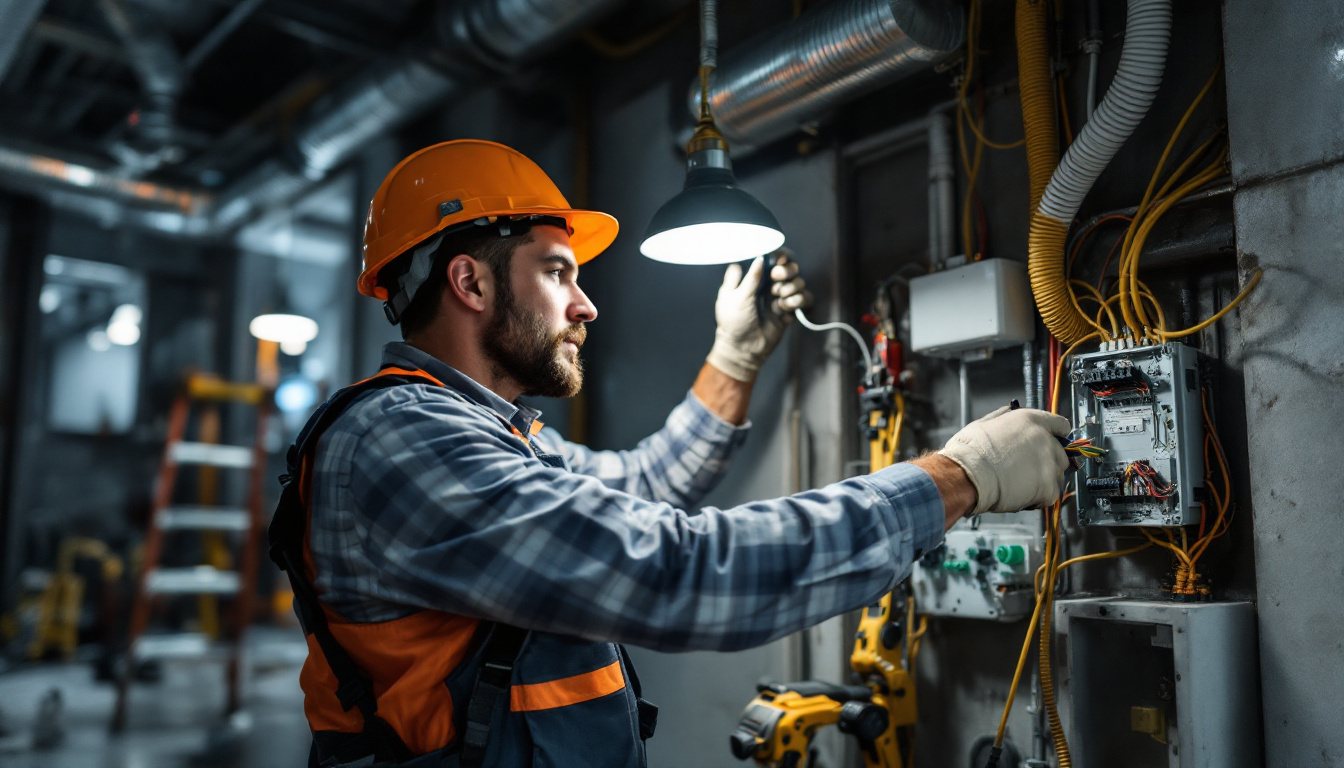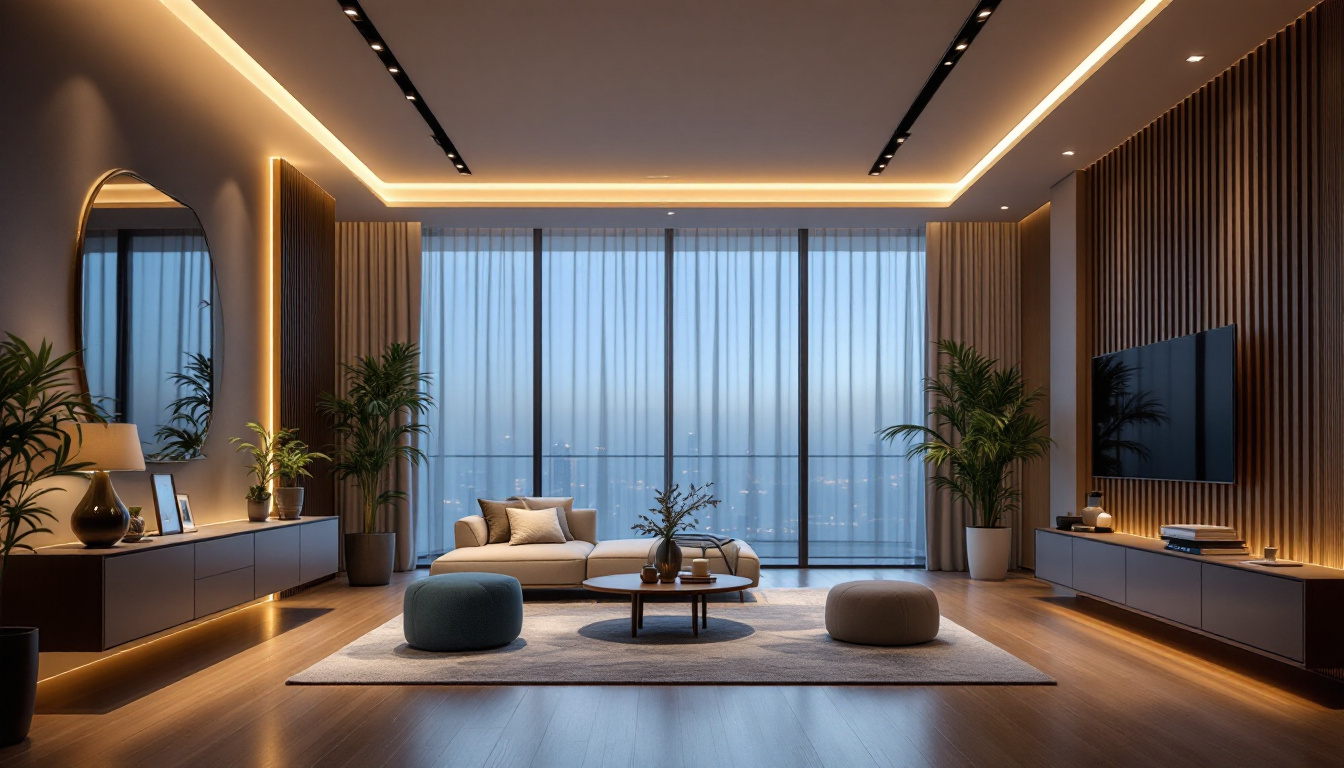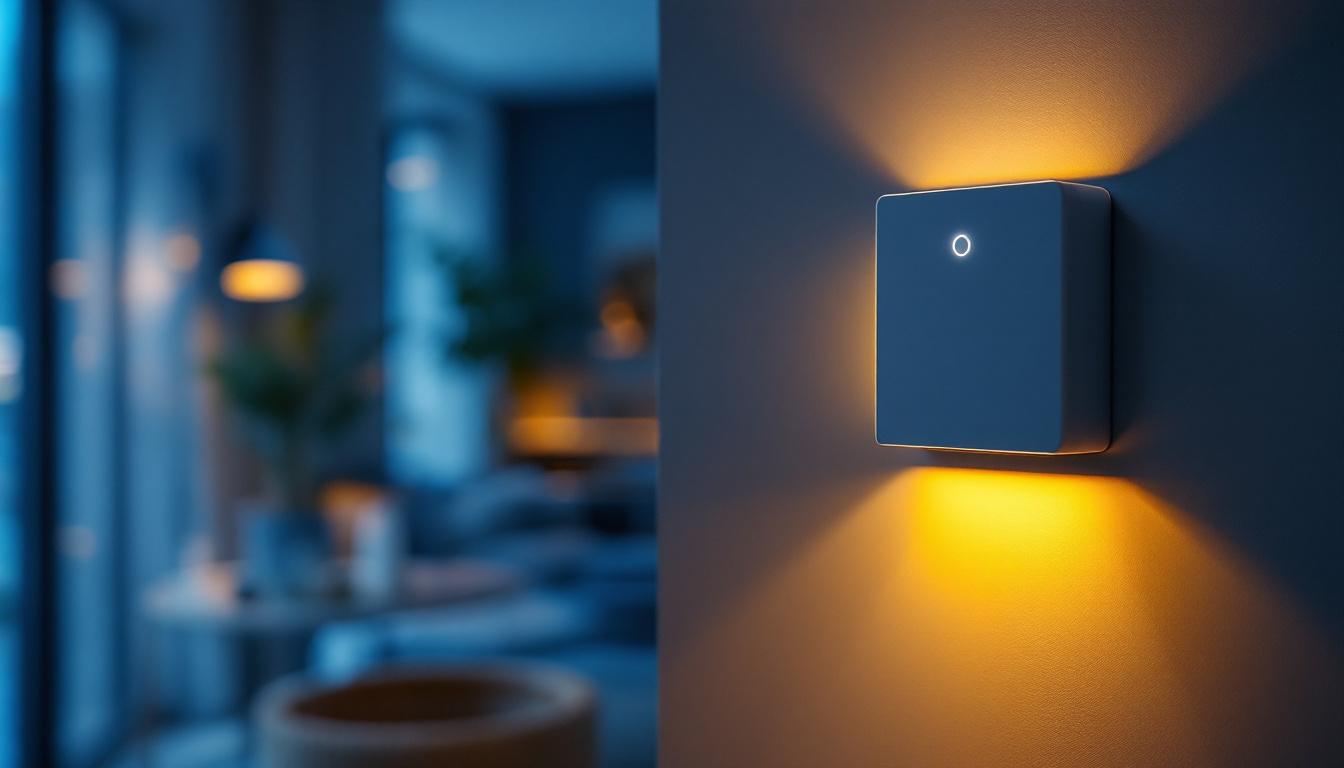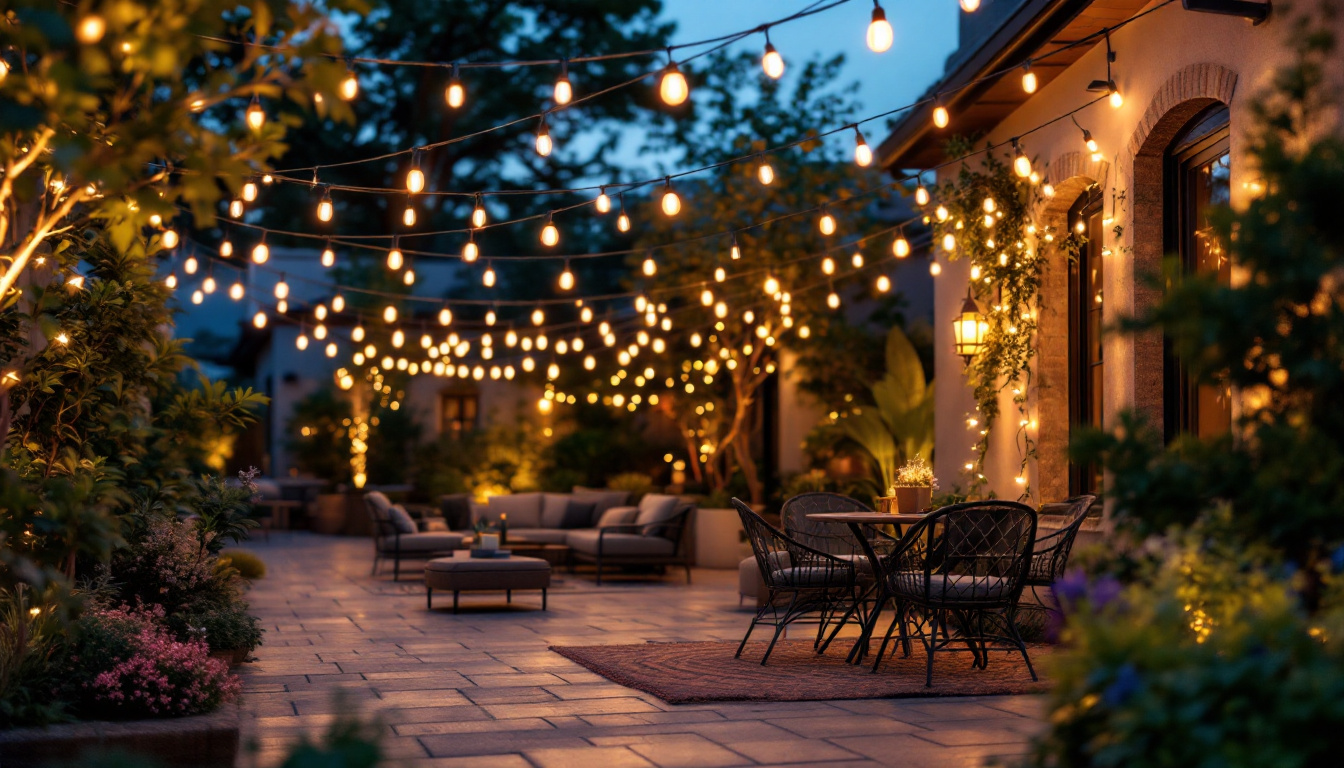
When it comes to installing light fixtures, the electrical box plays a crucial role in ensuring safety and functionality. For lighting contractors, understanding the nuances of electrical box selection and installation can make a significant difference in the quality of work and client satisfaction. This guide aims to highlight common pitfalls and provide practical advice for selecting and installing electrical boxes for light fixtures.
Electrical boxes serve as the foundation for any light fixture installation. They house electrical connections and provide a stable mounting point for fixtures, ensuring that they remain securely attached to the structure. However, not all electrical boxes are created equal, and understanding their types and applications is essential for any lighting contractor.
There are several types of electrical boxes available, each designed for specific applications. The most common types include:
Choosing the right type of box is vital for ensuring that the installation meets both safety standards and the specific needs of the light fixture being installed. Additionally, understanding the load requirements of the fixtures can help in selecting the appropriate box type. For instance, heavier fixtures such as chandeliers may necessitate the use of ceiling boxes with added support, while lighter fixtures can be adequately secured with standard junction boxes.
Electrical boxes can be made from various materials, including metal and plastic. Each material has its advantages and disadvantages:
Contractors should consider the specific requirements of the installation environment when selecting the material for the electrical box. For example, in areas prone to moisture, such as bathrooms or kitchens, using a weatherproof metal box can enhance safety and longevity. Furthermore, the choice of material can also influence the overall cost of the installation, as metal boxes tend to be more expensive than their plastic counterparts. It’s also worth noting that some jurisdictions may have specific codes regarding the types of materials that can be used in certain applications, making it crucial for contractors to stay informed about local regulations.
Proper installation of electrical boxes is critical for ensuring safety and functionality. Following best practices can help avoid common pitfalls that may arise during the installation process.
One of the most common mistakes made during installation is improper placement of the electrical box. It is essential to ensure that the box is positioned at the appropriate height and location for the fixture being installed. For ceiling fixtures, the box should be centered and mounted securely to a ceiling joist or beam.
Additionally, the height of wall-mounted fixtures should be consistent with the intended use of the space. For example, sconces may need to be installed at a different height than pendant lights. Taking the time to plan the placement can prevent headaches later on. Consider the room’s overall design and functionality; for instance, in a dining area, pendant lights should hang low enough to provide adequate illumination without obstructing views across the table. Similarly, in a hallway, sconces should be positioned to provide even lighting without creating shadows that could pose tripping hazards.
Another critical aspect of installation is ensuring that the electrical box is securely fastened. Loose boxes can lead to fixture instability and may create safety hazards. When installing ceiling boxes, it is essential to use the appropriate mounting hardware and techniques to secure the box to the ceiling joists.
For wall-mounted fixtures, ensure that the box is anchored properly to the wall studs. Using screws rather than nails can provide a more secure attachment and reduce the risk of the box becoming loose over time. Additionally, consider using a level during installation to ensure that the box is perfectly aligned, as this can significantly enhance the aesthetic appeal of the finished installation. It’s also wise to check local building codes and regulations, as they may dictate specific requirements for box installation, including the types of boxes that can be used in different environments, such as wet or damp locations.
Wiring is a fundamental aspect of electrical box installation. Understanding the correct wiring techniques and adhering to safety standards is essential for any lighting contractor. Proper wiring not only ensures the functionality of the lighting system but also plays a significant role in the overall safety of the installation. A well-executed wiring job can prevent costly repairs and enhance the longevity of the fixtures.
Choosing the correct wire gauge and type is critical for ensuring that the light fixture operates efficiently and safely. The wire gauge should correspond to the amperage of the circuit and the wattage of the fixture. Using a wire that is too small can lead to overheating and potential fire hazards. For instance, a 14-gauge wire is typically suitable for circuits up to 15 amps, while a 12-gauge wire is better for 20 amps. Understanding these specifications helps contractors make informed decisions about their wiring choices.
Additionally, contractors should be familiar with the different types of wiring, such as NM cable, UF cable, and conduit, and select the appropriate type based on the installation environment. NM cable is commonly used in dry, indoor locations, while UF cable is designed for underground or wet locations. Conduit, on the other hand, provides extra protection for wires in exposed areas. Each type has its own set of installation requirements and benefits, making it crucial for contractors to assess the specific needs of each project carefully.
Grounding and bonding are essential safety measures that must be implemented during installation. Grounding provides a safe path for electricity in the event of a fault, while bonding ensures that all metal parts are connected to the ground system. This connection helps prevent electrical shock and ensures that any stray currents are safely redirected, thereby protecting both the equipment and the individuals who may come into contact with it.
When installing electrical boxes, it is crucial to connect the grounding wire to the box if it is metal. For plastic boxes, ensure that the grounding system is properly connected to the circuit to maintain safety standards. Additionally, it is important to regularly inspect grounding connections to ensure they remain intact and functional over time. This proactive approach can significantly reduce the risk of electrical failures and enhance the overall reliability of the lighting system. Furthermore, understanding local codes and regulations regarding grounding and bonding can help contractors stay compliant and ensure the safety of their installations.
Adhering to local codes and regulations is a fundamental responsibility for lighting contractors. Understanding the National Electrical Code (NEC) and local amendments is essential for ensuring that installations are safe and compliant.
Many jurisdictions require permits for electrical work, including the installation of light fixtures. It is essential to check with local authorities to determine what permits are necessary and to schedule inspections as required.
Obtaining the proper permits not only ensures compliance but also protects the contractor and the client in the event of future issues. Inspections can help identify potential problems before they become serious safety hazards.
Keeping thorough documentation of installations, including wiring diagrams and labels, is an important practice for contractors. Proper labeling of circuits and fixtures can aid in future troubleshooting and maintenance.
Documentation can also serve as a reference for inspections and can help ensure that all work meets the required standards. Providing clients with a summary of the work done, along with any necessary documentation, can enhance professionalism and build trust.
Even experienced contractors can encounter pitfalls during the installation of electrical boxes for light fixtures. Being aware of these common issues can help avoid costly mistakes and ensure a successful installation.
One of the most significant mistakes that can occur is overloading the electrical box with too many wires or connections. Each box has a specific capacity, and exceeding this can lead to overheating and potential fire hazards. It is vital to adhere to the manufacturer’s specifications and local codes regarding box fill calculations.
Contractors should take the time to assess the number of wires and connections that will be housed within the box and ensure that it is appropriate for the application.
Using an inappropriate box for a specific fixture can lead to installation problems and safety hazards. For instance, using a standard junction box for a heavy chandelier may not provide the necessary support, leading to potential failure.
Contractors should always match the electrical box to the requirements of the fixture, considering factors such as weight, type, and installation environment. This attention to detail can prevent future issues and enhance the overall quality of the installation.
Choosing and installing the right electrical box for light fixtures is a critical aspect of any lighting contractor’s work. By understanding the types of boxes available, adhering to best practices in installation, and complying with codes and regulations, contractors can avoid common pitfalls and deliver high-quality results.
Ultimately, the goal is to ensure that light fixtures are safely and securely installed, providing functionality and aesthetic appeal for clients. By following the guidelines outlined in this article, lighting contractors can enhance their expertise and improve their overall service quality.
In the ever-evolving world of electrical installations, staying informed about new products, techniques, and regulations is essential. Continuous education and adaptation will empower contractors to navigate the complexities of electrical box installations with confidence and professionalism.
Ready to elevate your lighting installations with the highest quality products? Look no further than LumenWholesale for all your lighting needs. We provide contractors with spec-grade lighting products at unbeatable wholesale prices, ensuring you get the best value for your projects. With our extensive selection that meets rigorous industry standards, you can trust in the reliability and performance of our lighting solutions. Plus, enjoy the convenience of bulk buying with free shipping and no hidden fees. Don’t compromise on quality or price. Visit LumenWholesale today and experience the ideal combination of quality, affordability, and convenience for your professional lighting projects.

Discover expert tips and common pitfalls to avoid when installing recessed can lights outdoors.

Discover essential insights into recessed lighting with our comprehensive guide tailored for lighting contractors.

Discover how sensor light switches are revolutionizing lighting design and installation, offering energy efficiency, convenience, and enhanced aesthetics.

Illuminate outdoor spaces with style and efficiency! Discover essential tips and innovative ideas for lighting contractors to master the art of patio string lighting, enhancing ambiance and functionality for any outdoor setting..